QIB Route for IPO Listing explained - SEBI ICDR Regulations 6(2)
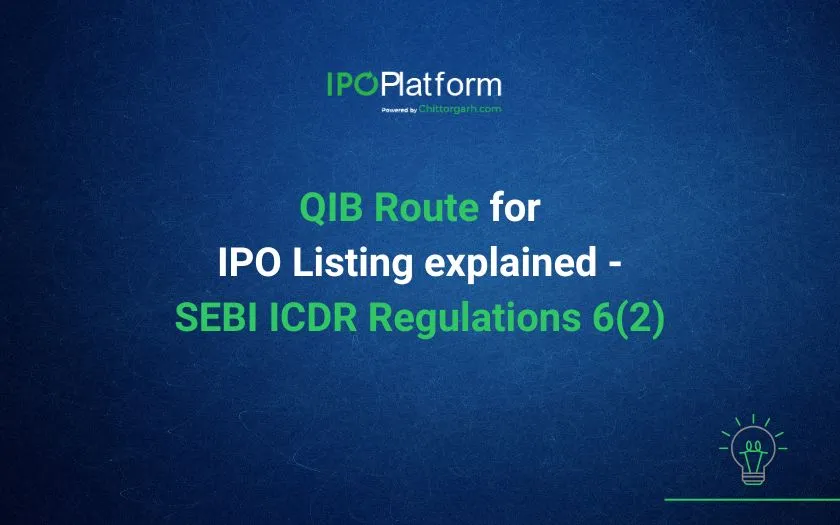
The QIB route is an alternative route developed by SEBI for genuine, capable and legitimate companies that are unable to meet profitability parameters and for limiting the participation of retail investors in such companies. An Issuer not satisfying the condition stipulated in regulation 6(1) shall be eligible to make an initial public offer only if the Issue is made through the book-building process and the Issuer undertakes to allot at least seventy-five percent of the net offer to qualified institutional buyers and to refund the full subscription money if it fails to do so.
What is the Profitability criteria in IPO Eligibility for Mainboard Listing?
When a company decides to go public and list on the mainboard platform of a stock exchange, it must meet certain Eligibility requirements as specified by SEBI to qualify for listing. IPO eligibility criteria ensures that only financially stable and consistently profitable companies are listed, protecting the interests of investors.
Under the profitability route, a company must have an average operating profit of at least Rs. 15 crores over the preceding three financial years. This operating profit is calculated on a restated and consolidated basis, ensuring a clear and accurate representation of the company’s financial health.
Additionally, the company must have generated operating profit in each of those three years, not just as an average. This criterion reflects the company’s ability to sustain profitability over time, rather than relying on a single good year of performance.
What happens if a company fails to meet the profitability criteria?
Every company willing to list their securities on Mainboard are required to fulfill the IPO eligibility criteria specified. If any company is not able to fulfill the required IPO criteria, outlined in Regulation 6(1) of the ICDR Regulation, then they might consider the alternative route to list their securities on Mainboard. It provides an opportunity for companies to go public while maintaining transparency and investor confidence. This is called as QIB route for IPO Listing as prescribed below;
Alternate QIB route
Conditions for Listing under Alternate IPO Eligibility Requirements
1. Book-Building Process:
- The IPO must follow the "book-building" process, where institutional investors bid for shares to help determine their price.
2. Share Allocation to Qualified Institutional Buyers (QIBs):
-
At least 75% of the shares in the IPO must be sold to QIBs, such as mutual funds, banks, and insurance companies.
-
If the company cannot sell 75% of the shares to QIBs, it must refund all the money raised to investors.
However, if companies that do not meet the profitability criteria for a mainboard listing may still consider to bring their IPO on SME (Small and Medium Enterprises) exchanges on consultation with IPO Advisors and Merchant bankers. BSE SME or NSE Emerge offer more flexible IPO listing requirements, making them a better option for smaller or emerging companies looking for IPO. By listing on SME exchanges, companies can raise funds, boost their visibility, and gain access to the capital markets. Additionally, this route provides the potential to migrate to mainboard in the future once they meet the necessary eligibility criteria.
Case Study of companies listed under QIB Route
Mainboard IPOs listed through QIB route – IT/SaaS/Data Solutions
The below companies got listed through Regulation 6(2) of the SEBI ICDR Regulations which did not meet the profitability criteria and were listed through the QIB route.
|
Co. Name |
3 Year Avg. Profit/Loss (In Cr) (At time of listing) |
IPO Listing date |
IPO Size (In Cr) |
Issue price |
Listing Gain |
Business Overview/ Key Points |
|
Quadrant Future Tek Limited |
10.33 |
14-Jan-25 |
290.00 |
290.00 |
27.59% |
It develops next-generation Train Control and Signalling Systems under the KAVACH project for Indian Railways and operates a specialty cable manufacturing facility with an Electron Beam Irradiation Centre |
|
Unicommerce eSolutions Limited |
8.33 |
13-Aug-24 |
276.57 |
108.00 |
210.05% |
Unicommerce is an integrated ecommerce enablement SaaS platform that provides end-to-end management of e-commerce operations |
|
Awfis Space Solutions Limited |
(40.67) |
30-May-24 |
598.93 |
383.00 |
402.50% |
Leading Workspace Provider - Awfis Space Solutions is the largest flexible workspace solutions company with a presence in 52 micro markets across 16 cities in India |
|
Tracxn Technologies Limited |
(21.41) |
20-Oct-22 |
309.38 |
80.00 |
93.35% |
TTL is a market intelligence platform that provides data and software for the global private markets. It operates on a Software-as-a Service (SaaS) mode |
|
Rategain Travel Technologies Limited |
(12.67) |
17-Dec-21 |
1,335.74 |
425.00 |
340.50% |
RateGain Travel Technologies is a leading global distribution technology company and the largest Software as a Service (SaaS) provider in India's travel and hospitality industry. It offers interconnected products |
In conclusion, the companies listed through the Qualified Institutional Buyer (QIB) route under Regulation 6(2) of the SEBI ICDR Regulations have demonstrated strong growth and promising future prospects, despite not meeting profitability criteria at the time of their IPOs. These companies as seen in the above table primarily operating in the IT, SaaS, and data solutions sectors, have successfully leveraged the QIB route to raise substantial capital, ensuring that at least 75% of the net offer was allocated to institutional investors, in line with SEBI regulations.
The performance of these companies, such as Quadrant Future Tek Limited, Unicommerce eSolutions Limited, and others, reflects a positive trend, with significant gains in stock prices post-listing, which indicates investor confidence and strong business fundamentals. Their innovative solutions in emerging technologies like train control systems, e-commerce enablement, flexible workspace solutions, and market intelligence platforms position them well for continued growth in the future. Therefore, the QIB route has proven to be an effective mechanism for enabling capable companies to access capital markets while protecting retail investors.
Share Allocation Rules in a Book-Building IPO under QIB Route
When the IPO type is through book-building process, the shares are distributed among three main categories of investors as follows:
1. Retail Investors (Small Individual Investors):
- Up to 10% of the total shares can be allocated to retail investors.
2. Non-Institutional Investors (NIIs):
- Up to 15% of the shares are allocated to non-institutional investors, which include wealthy individuals and businesses.
3. Qualified Institutional Buyers (QIBs):
- At least 75% of the shares must be allocated to QIBs.
- Within the QIB category:
- 5% is specifically reserved for mutual funds.
4. Flexibility in Allocation:
- If any shares are left in the retail or non-institutional categories, these shares can be reallocated to applicants in the other category.
- Mutual funds can also get additional shares from the remaining allocation available to QIBs.
5. Special Rules for Anchor Investors (Early Institutional Investors)
- The company can allocate up to 60% of the shares meant for QIBs to anchor investors.
- Anchor investors are large institutional investors who commit to purchasing shares before the IPO officially opens to boost investor confidence. Refer the review of anchor investors.
6. Special Allocation Rules for Non-Institutional Investors (NIIs)
The 15% of shares reserved for NIIs is divided into two sub-categories:
1. One-third (1/3):
- Reserved for investors applying for shares worth between ₹2 lakhs and ₹10 lakhs.
2. Two-thirds (2/3):
- Reserved for investors applying for shares worth more than ₹10 lakhs.
3. Reallocation of Leftover Shares:
- If shares in either of these two sub-categories remain unclaimed, they can be transferred to investors in the other sub-category.
Conclusion
Companies aiming for a Mainboard IPO listing must meet the IPO eligibility criteria, including an average operating profit of Rs. 15 crores over the past three years. If they do not t meet the listing requirements as specified, they can still proceed with an IPO through the book-building process, where 75% of shares must be allocated to Qualified Institutional Buyers (QIBs) category of investors. Companies can also consider listing on SME exchanges like BSE SME or NSE Emerge, which offer more flexible IPO listing criteria. With the guidance of IPO advisors and merchant bankers, companies can raise capital, enhance visibility, and potentially move to a mainboard listing once they meet the required financial benchmarks.


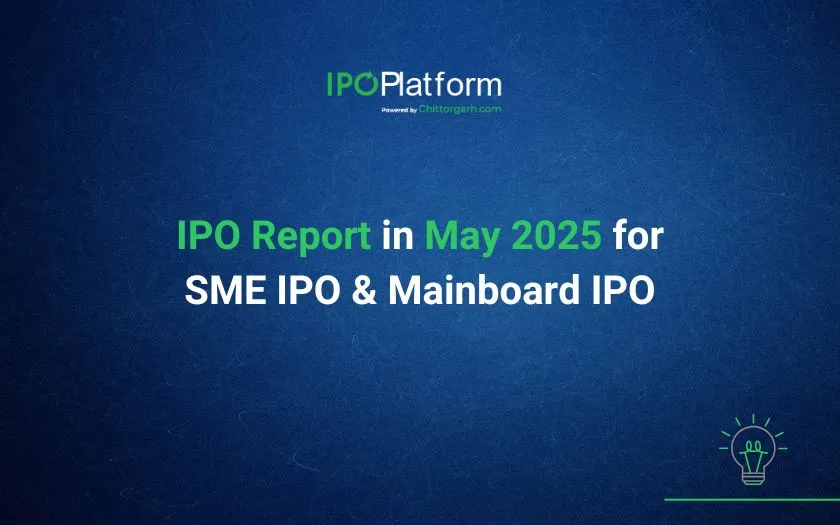
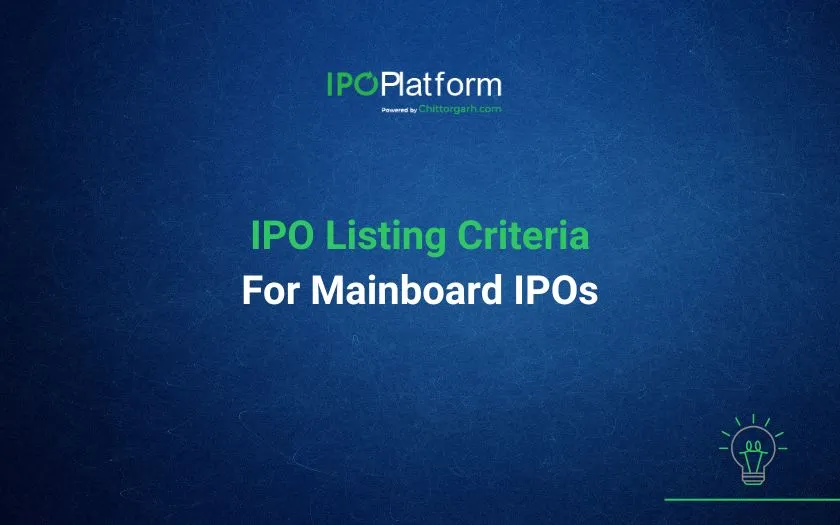
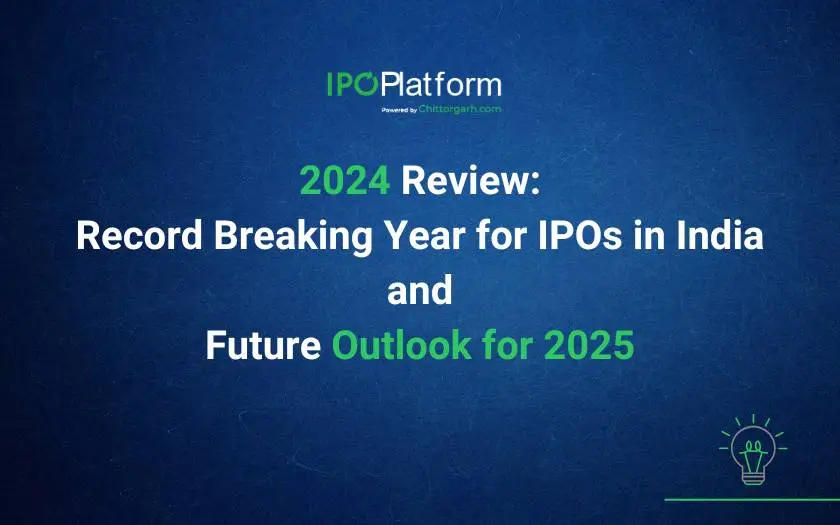
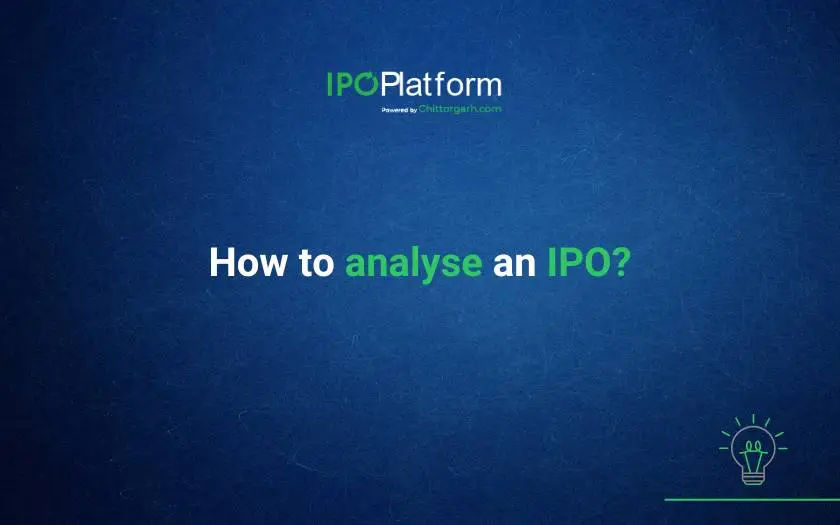
0 Comments